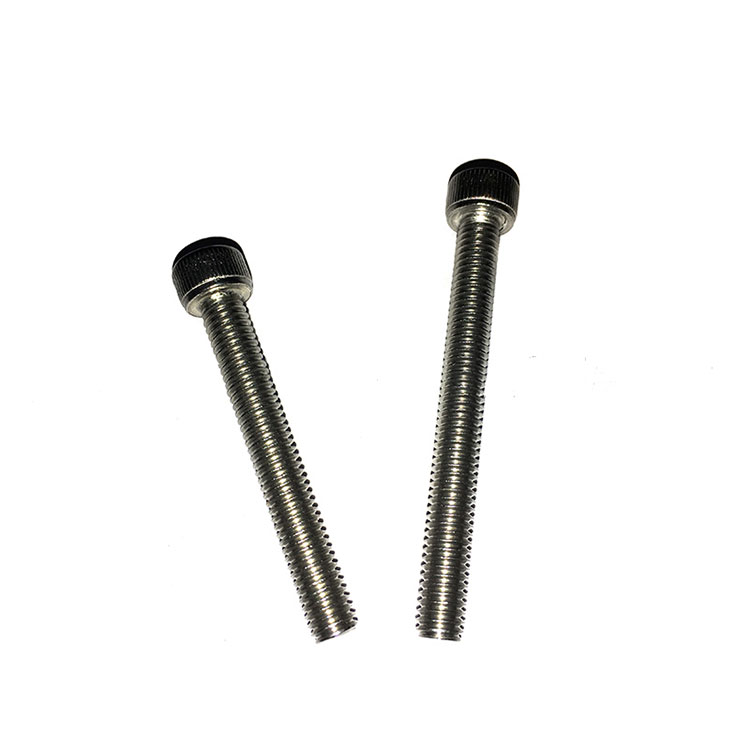Harmonizing Threads and Diameters: Unveiling the Relationship Between Bolt Diameter and Thread Pitch
2023-12-05
Introduction:
In the symphony of fasteners, the interplay between bolt diameter and thread pitch is a crucial harmony that determines the compatibility, strength, and functionality of bolts in various applications. Understanding this relationship is essential for selecting the right fasteners for specific projects. In this blog post, we will unravel the dynamics between bolt diameter and thread pitch, exploring how these two parameters collaborate to create robust connections.
Bolt Diameter: The Foundation of Strength:
1. Definition:
- The bolt diameter is a fundamental measurement representing the thickness or width of the bolt shaft. It is typically measured across the threaded section, excluding the threads.
2. Strength and Load-Bearing Capacity:
- The diameter of a bolt is directly related to its strength and load-bearing capacity. In general, larger-diameter bolts can withstand higher levels of tension and shear forces, making them suitable for applications that require enhanced structural integrity.
3. Identification:
- Bolt diameter is usually identified by the nominal diameter, often expressed in inches or millimeters. For example, a bolt with a nominal diameter of 1/2 inch or 12 mm has a diameter of 0.5 inches or 12 mm, respectively.
Thread Pitch: The Rhythm of Engagement:
1. Definition:
- Thread pitch refers to the distance between adjacent threads on the bolt, indicating how tightly or loosely the threads are spaced. It is measured in threads per inch (TPI) for imperial units and millimeters for metric units.
2. Load Distribution:
- The thread pitch plays a critical role in distributing the load along the length of the bolt. Coarse thread pitches have fewer threads per unit length, offering faster assembly and disassembly, while fine thread pitches have more threads, providing increased resistance to vibrational loosening.
3. Compatibility with Nuts:
- Thread pitch must be matched with the corresponding nut to ensure proper engagement. Using a bolt with a different thread pitch than the nut can lead to ineffective connections and compromise the joint's strength.
The Interplay: Finding the Right Balance:
1. Compatibility:
- Bolts with larger diameters often have coarser thread pitches, while smaller-diameter bolts may have finer thread pitches. This is not a strict rule, but it highlights the common relationship between diameter and pitch.
2. TPI (Threads Per Inch) vs. Pitch (mm):
- In the metric system, thread pitch is expressed in millimeters, while imperial measurements use threads per inch (TPI). The relationship between diameter and pitch remains consistent, but the units differ.
3. Strength and Efficiency:
- The relationship between bolt diameter and thread pitch is a delicate balance. Increasing bolt diameter enhances strength, but the thread pitch influences the efficiency of tightening and resistance to loosening.
4. Standardization:
- Standardized thread pitches are established to ensure consistency and compatibility across fasteners. Knowing the standard thread pitch for a specific diameter facilitates the selection of compatible nuts and tools.
Conclusion:
In the grand design of fasteners, the relationship between bolt diameter and thread pitch is akin to a carefully orchestrated composition. Understanding how these parameters harmonize ensures the creation of sturdy and reliable connections in diverse applications. As you navigate the world of bolts and nuts, the interplay between diameter and pitch becomes the guiding melody, allowing you to select the right fasteners that resonate with the specific requirements of your projects.



